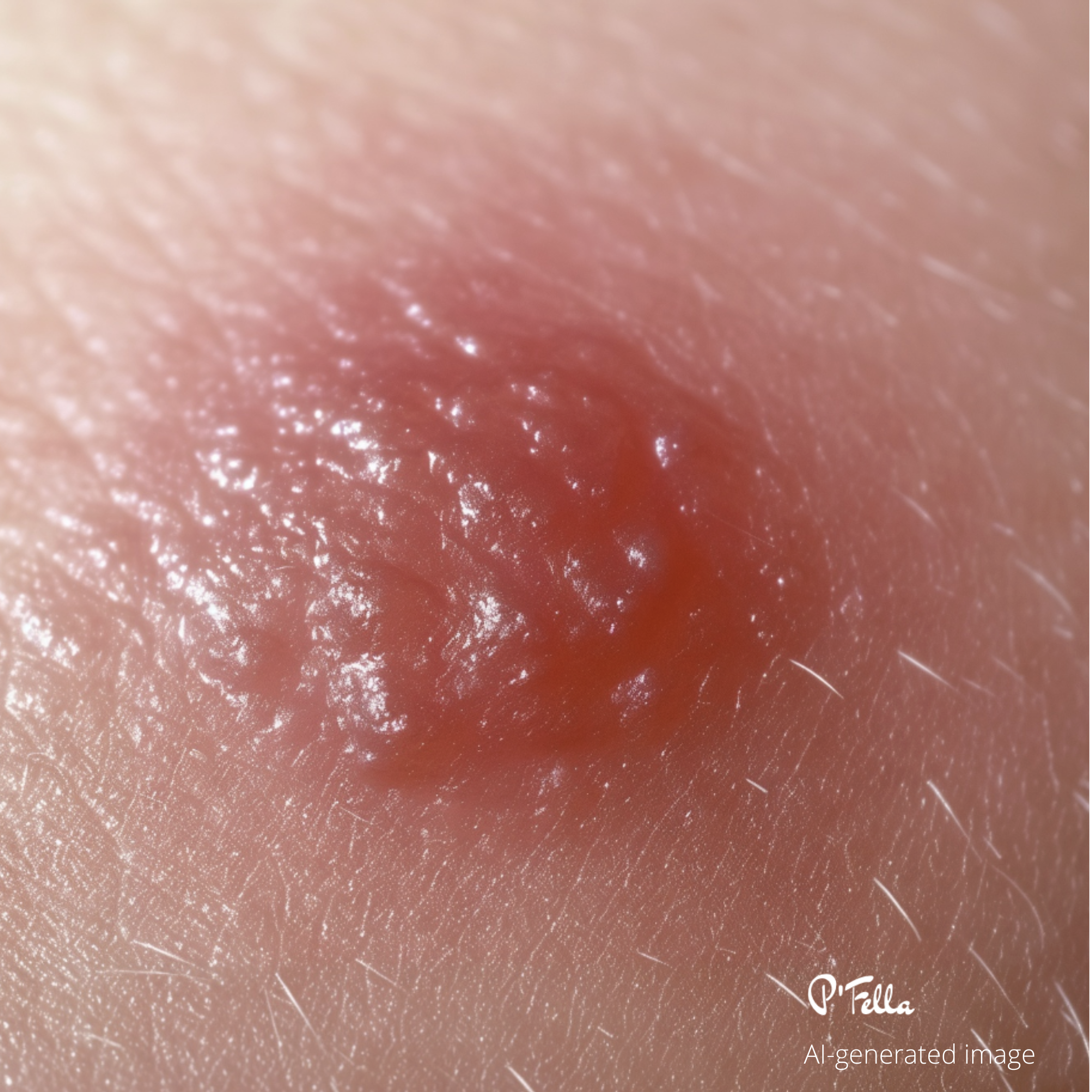In this week's edition
- ✍️ Letter from P'Fella
Can a skin MDT truly achieve perfection? - 🤓 The Sunday Quiz
Four winners achieve a perfect score! - 🖼️ Image of the Week
Identifying giant CMN. - 🚑 Technique Tip
Comparison of Mohs surgery and standard excision. - ❤️🩹 Case of the Week
Clinical diagnosis and management of Spitz naevus. - 📖 What Does the Evidence Say
Evidence on techniques for SLNB. - 🔥 Articles of the Week
Pediatric spitz lesions, Breslow's original publication, & margins for primary cutaneous melanoma: with 1 sentence summaries. - 💕 Feedback
Suggest ideas & give feedback!
A Letter from P'Fella
Skin MDT - Can It Ever Be Perfect?
Over the years, the messages I've been getting from people — especially junior staff managing logistics — highlight the same issues with the Skin MDT. We all agree that the Skin MDT is crucial for patient care, but does it really work as well as we want it to? The challenges seem to be universal, and I don’t have all the answers — which is why I’m turning to you for insights.
The Problems
If we are totally honest about it, we can probably all relate to the usual struggles:
- People running late or away.
- Slides missing some nuanced details.
- Disorganized mix of tools resulting in duplication of work.
- Communication gaps leading to confusion.
A Better Way?
What if we made the Skin MDT asynchronous? Instead of cramming everyone into a room (or on Zoom), make it a peer-reviewed process throughout the week.
How an Asynchronous MDT Could Work
- Log In and Review: Everyone logs in during the week to review cases and provide feedback.
- Discuss Complex Cases: Only cases with disagreement or complexity are discussed in real-time.
- Save Time: This approach saves time, focuses on challenging cases, and ensures every case gets reviewed.
This would mean less waiting around, more efficiency, and potentially better outcomes for patients. Every case gets the attention it needs, but we aren’t drowning in logistics.
What Do You Think?
Looking forward to your thoughts,
P'Fella ❤️
The Sunday Quiz
Results from the Last Round: Winners Announced!
After six challenging rounds of plastic surgery questions, the top scorers are Toby, Paul, Nathan, and Alexander L. We'll be in touch with you soon.
Each of them achieved a perfect score — an impressive feat!
A big thank you to everyone who took part. Stay tuned for more engaging quizzes in upcoming editions!

Check out the leaderboard below!
Image of the Week
Signs of Giant CMN
In this section, we feature an anatomical illustration. This edition features an anatomical illustration focusing on Giant Congenital Melanocytic Nevi (CMN).
Read more here.

Technique Tip
Mohs vs. Standard Excision
This week’s edition dives into the nuances of Mohs surgery vs standard excision highlighting their practical considerations.
You can read more about the technique here.

Case of the Week
Spitz Naevus in a Clinical Setting
Spitz naevus is a benign melanocytic lesion often seen in children and young adults. While generally non-threatening, it can mimic melanoma in appearance, posing a diagnostic challenge for clinicians.

Spitz Naevus - Clinical Scenario
- Describe the clinical and dermoscopy findings of Spitz Naevus.
- Describe the histopathological findings of Spitz Naevus.
- Appreciate the different types of Spitz naevi and their potential for malignant behaviour.
- Knowledge of the management of Spitz naevus in different age groups.
What Does the Evidence Say?
Evidence on Techniques for SLNB
However, new methods have emerged, including indocyanine green (ICG) fluorescence, superparamagnetic iron oxide nanoparticles, and contrast-enhanced ultrasound (Ferrucci et al., 2018). ICG fluorescence has shown higher sensitivity and detection rates compared to traditional methods (Korn et al., 2014; Fujisawa et al., 2012).
A meta-analysis revealed that radioisotope alone or combined with blue dye yielded the highest identification rates in melanoma (Niebling et al., 2016). SLNB has been shown to improve disease-free survival in patients with intermediate-thickness and thick melanomas (Morton et al., 2014), highlighting its importance in cancer staging and management.
Articles of the Week
3 Interesting Articles with 1 Sentence Summaries
Paediatric Spitz-type lesions are mostly benign, with no recurrence or mortality observed. Conservative management is sufficient for benign cases, with minimal excisions recommended for suspicious lesions.
Tumor thickness, cross-sectional area, and invasion depth predict melanoma survival more effectively than lesion diameter alone.
1-cm margins reduced reconstruction (13.6% vs. 34.9%) and wound necrosis (0.5% vs. 3.6%) compared to 2-cm margins, with no QoL differences at 12 months.


